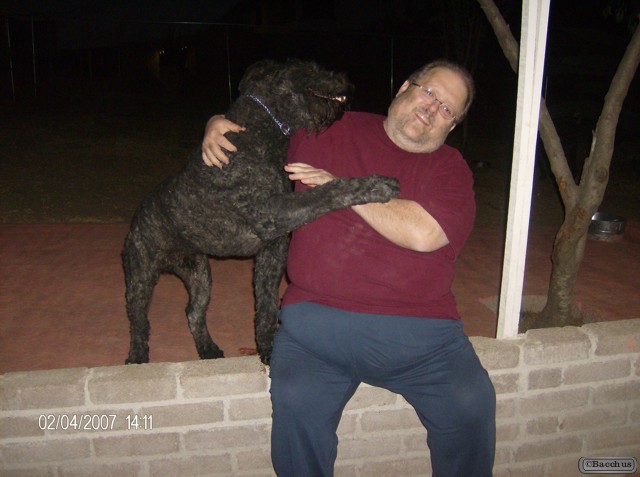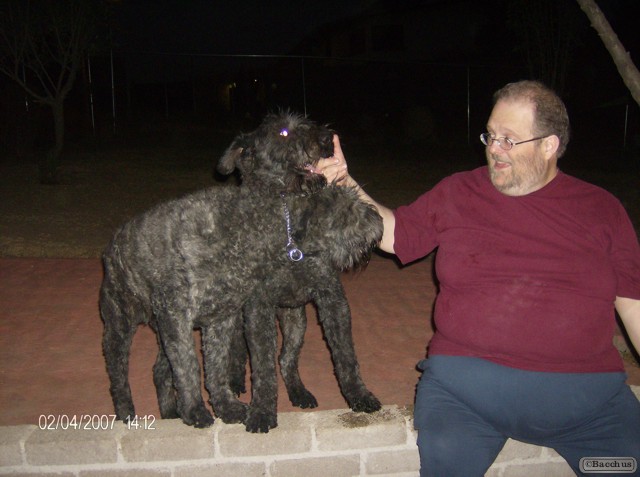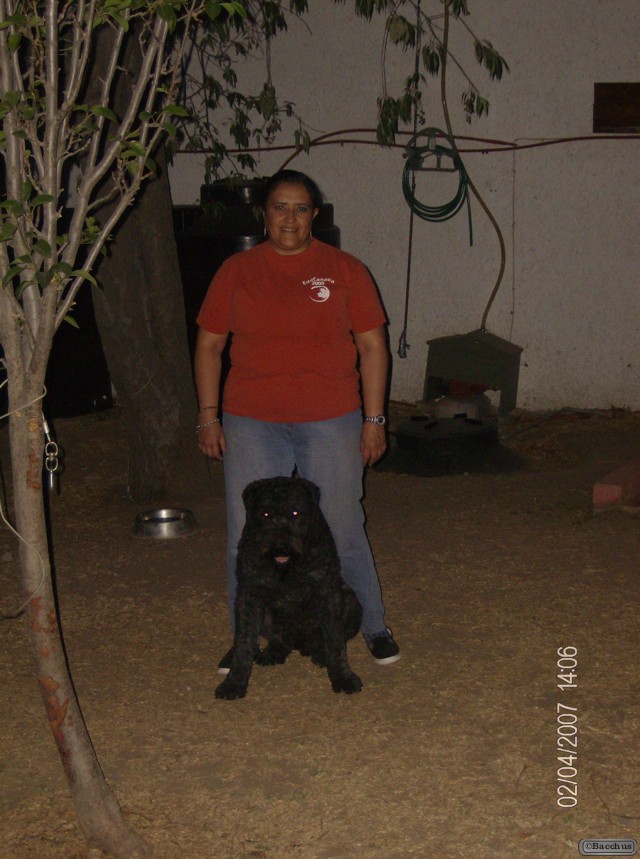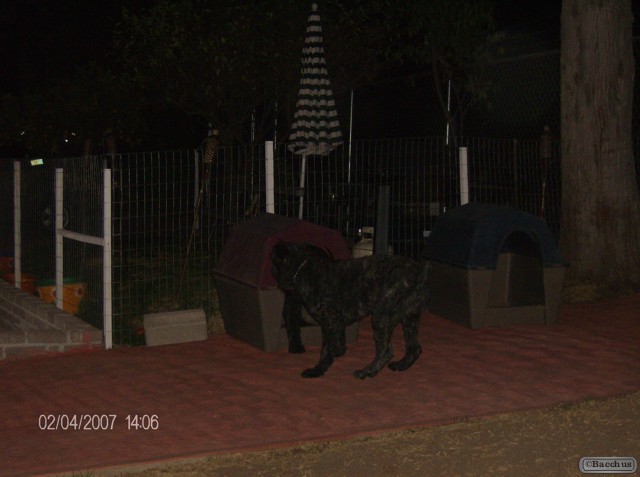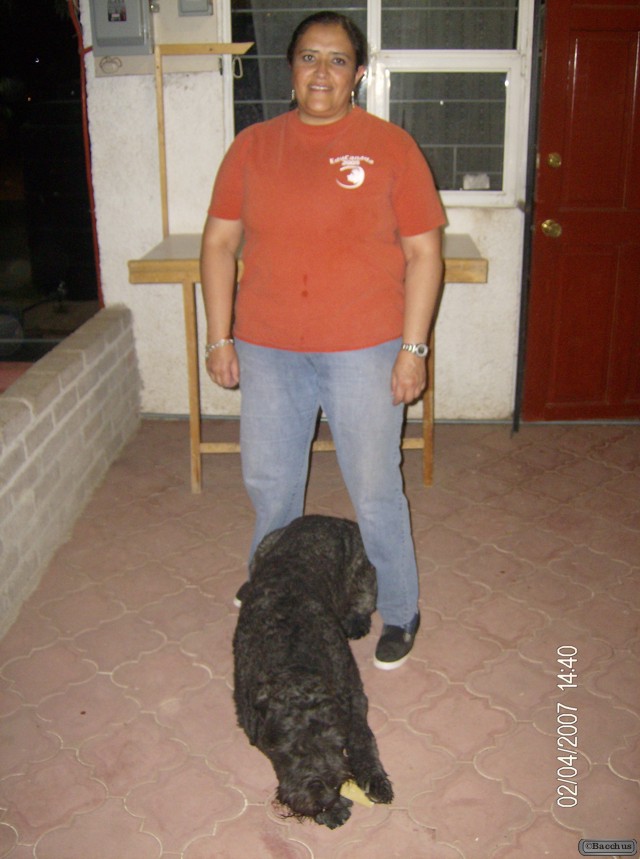History
Antecedents
From a historical perspective, the New Age phenomenon is rooted in the counterculture of the 1960s. Although not common throughout the counterculture, usage of the terms “New Age” and “Age of Aquarius” – used in reference to a coming era – were found within it, for instance appearing on adverts for the Woodstock festival of 1969, and in the lyrics of “Aquarius”, the opening song of the 1967 musical Hair: The American Tribal Love-Rock Musical. This decade also witnessed the emergence of a variety of new religious movements and newly established religions in the United States, creating a spiritual milieu from which the New Age drew upon; these included the San Francisco Zen Center, Transcendental Meditation, Soka Gakkai, the Inner Peace Movement, the Church of All Worlds, and the Church of Satan. Although there had been an established interest in Asian religious ideas in the U.S. from at least the eighteenth-century, many of these new developments were variants of Hinduism, Buddhism, and Sufism which had been imported to the West from Asia following the U.S. government’s decision to rescind the Asian Exclusion Act in 1965. In 1962 the Esalen Institute was established in Big Sur, California. It was from Esalen and other similar personal growth centers which had developed links to humanistic psychology that the human potential movement emerged, which would also come to exert a strong influence on the New Age movement.
In Britain, a number of small religious groups that came to be identified as the “light” movement had begun declaring the existence of a coming new age, influenced strongly by the Theosophical ideas of Blavatsky and Bailey. The most prominent of these groups was the Findhorn Foundation which founded the Findhorn Ecovillage in the Scottish area of Findhorn, Moray in 1962. Although its founders were from an older generation, Findhorn attracted increasing numbers of countercultural baby boomers during the 1960s, to the extent that its population had grown sixfold to circa 120 residents by 1972. In October 1965, the founder of Findhorn, Peter Caddy, attended a meeting of various prominent figures within Britain’s esoteric milieu; titled “The Significance of the Group in the New Age”, it was held at Attingham Park over the course of a weekend.
All of these groups would create the backdrop from which the New Age movement emerged; as James R. Lewis and J. Gordon Melton point out, the New Age phenomenon represents “a synthesis of many different preexisting movements and strands of thought”. Nevertheless, York asserted that while the New Age bore many similarities with both earlier forms of Western esotericism and Asian religion, it remained “distinct from its predecessors in its own self-consciousness as a new way of thinking”.
Luc Paquin

